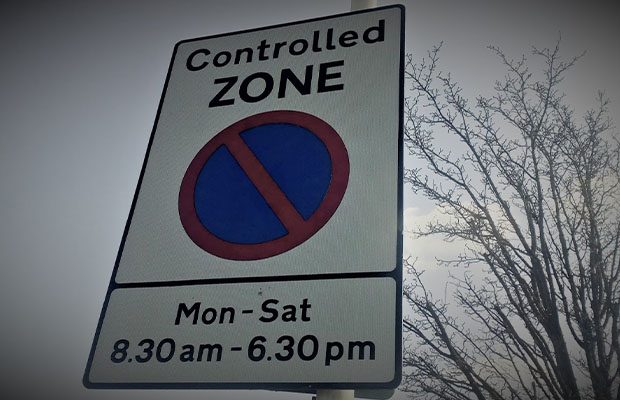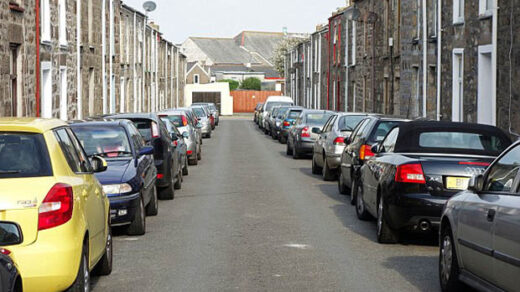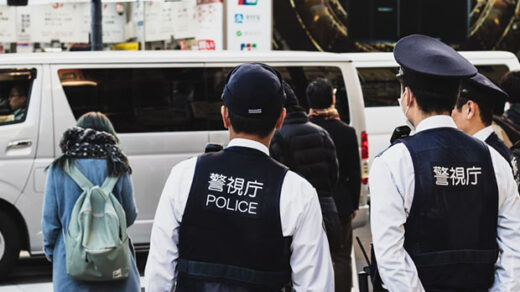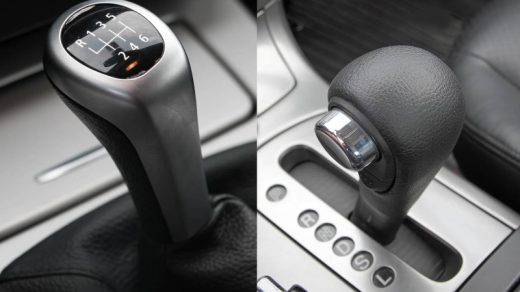Have you heard of controlled zone parking and what is controlled zone parking?
In a controlled parking zone (CPZ), on-street parking is prohibited during certain hours. Creating a CPZ is a way to address parking issues while also securing our environment.
In a CPZ, residents and their visitors are given priority to use the appropriate parking places by displaying a valid permit or voucher in respect of that zone. A parking permit, however, does not grant its holder the right to park in front of a specific building or promise a parking space.
In this article, the benefits and drawbacks of parking in controlled zones are discussed. Read on to learn more about CPZ.
Table of Contents
What Is A Controlled Parking Zone?
A controlled parking zone (CPZ) is a location where parking is only permitted in designated parking bays and where yellow lines restrict the use of the remaining kerbside space. A parking ticket is issued to any vehicles parked improperly.
CPZs are currently only present in Oxford City in Oxfordshire, and they are primarily utilized there to address commuter parking-related issues.
When displaying the appropriate parking permit for that zone, locals, their guests, and business owners may park in designated bays. Short-term parkers can also access some spaces, and Blue Badge holders are allowed to park anywhere they want.
Why Are CPZs Used?
Controlled Parking Zones (CPZs) reduce traffic and parking congestion for residents who live in or near town centers or tourist/visitor hotspots.
A CPZ aims to:
- allow the flow of traffic and emergency vehicles down streets that are heavily parked on
- allow residents to park near their own homes.
CPZs can apply to whole parts of a town, whereas a Resident’s Parking Scheme (RPS) normally applies to individual streets.

Pros And Cons Of Controlled Parking Zone
Pros of CPZ
- Prevents all-day commuter parking
- Reduces the number of abandoned vehicles
- Improves access for vehicles, especially emergency service and refuse vehicles
- Improves highway safety and reduces inconsiderate and indiscriminate parking
- Generally improves parking conditions for the community
- Encourages the use of vehicles that produce low CO2 emissions
Cons of CPZ
- Displacement effect to nearby uncontrolled roads
- Having to pay for a parking permit
- Street clutter (signs and lines)
- Can reduce on-street parking space
- Does not guarantee a parking space to permit holders
Types Of Restrictions
Resident Permit Holders Only
When valid permits for that zone are displayed, residents and their guests are permitted to use designated bays. Parking is open to Blue Badge holders without restrictions.
Permit Holders Only
These bays are accessible to all permit holders, including those with blue IDs. Additionally, as long as they have a valid permit for the zone, businesses and guests of hotels and guest houses are permitted to use them. To be eligible for these permits, a legitimate operational need must be shown.
Shared Use Spaces
There is no need to display a permit to park there as long as you respect the time limit, just like the short-term time-limited bays. All zone permits, however, as well as those who have a Blue Badge, are free to park however they please. On the same sign, these spaces will either mention “permit holders” or “time limits.”
Short-term Time-limited
Anyone may park here without displaying a permit as long as they respect the time restriction. Please check the restriction plate as the time limit can be anywhere from one hour to four hours. Once more, those with Blue Badges can park anywhere.
CPZ Design
Following the approval of a plan, a design is typically created. Before the design is finalized and put into practice, we consult with residents, hear their opinions, and make any necessary adjustments.
Bays and lines:
- According to the standard CPZ design, every kerbside space is designated as either a parking bay (where parking is thought to be safe and appropriate) or a yellow line (where parking is thought to be dangerous or inconvenient), for example. in front of driveways, at junctions, on bends, and where roads narrow
- White lines are informatory and cannot be enforced
- Any existing white driveway markings will remain until faded away or are removed following highway works
- An alternative design called a ‘Permit parking area’ is an option in quieter roads (for example, cul de sacs) where lines and signs are kept to a minimum
- We always try to maximize parking and replicate existing patterns of parking wherever possible
- Losses in parking capacity are possible in certain locations (for example, on narrow roads) due to the need to maintain access but are often compensated by the rise in availability throughout the CPZ due to the fall in the number of vehicles parked
- Until the design is implemented, we cannot be certain that parking will be permitted across dropped kurbs. However, the majority of CPZs have single yellow lines marked across dropped kurbs that are in operation concurrently with the CPZ because it is thought that this is the most efficient way to restrict access. This means that no vehicles are permitted to park there during the operational times but allows residents to park there when the CPZ is not in operation
- Most bays—whether for residents, businesses, or visitors—are typically reserved for permit holders. However, visitor bays (pay and display/Pay By Phone) will also be provided close to local amenities (shops, businesses)
Read More: What Is A Parking Attendant?



